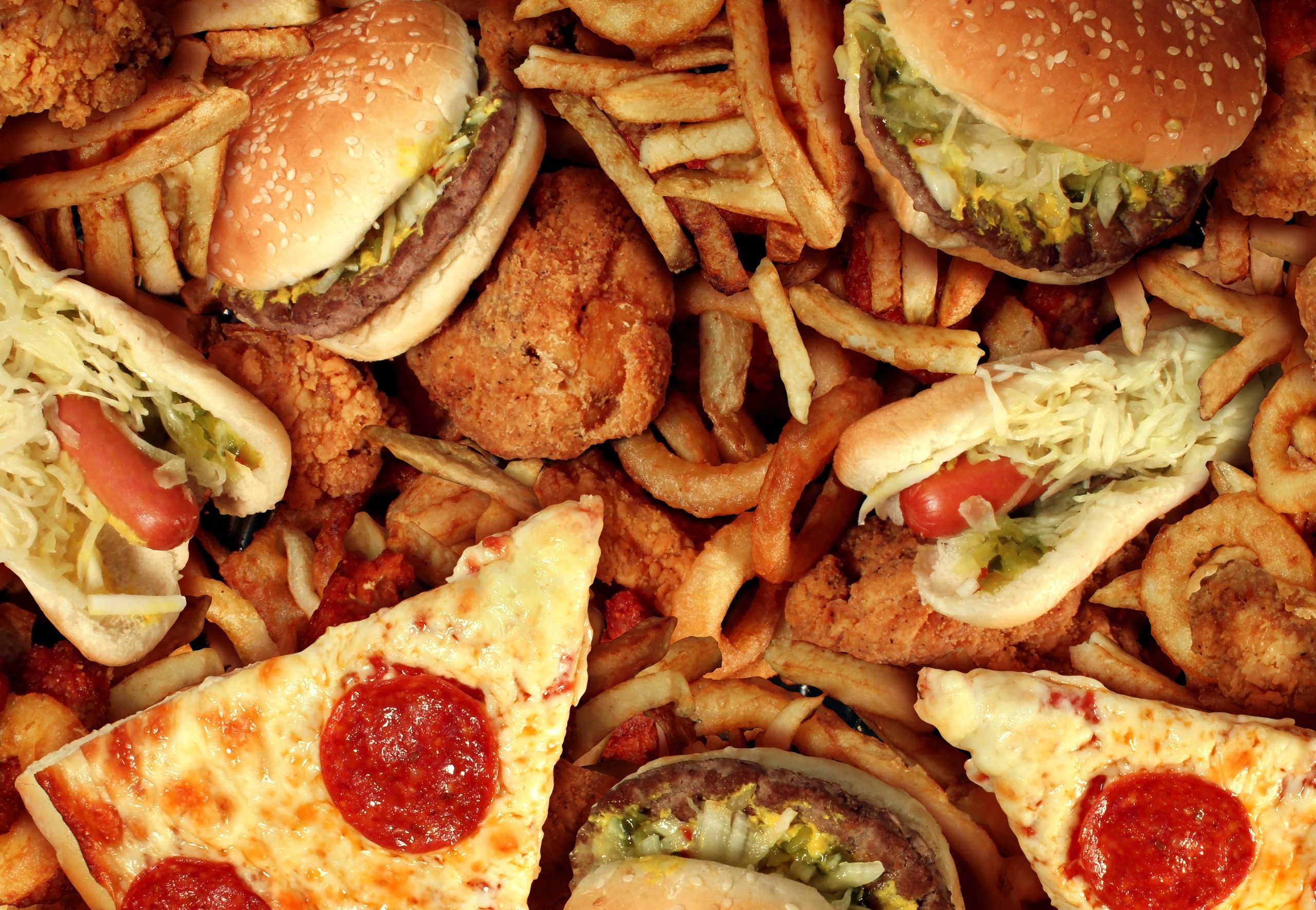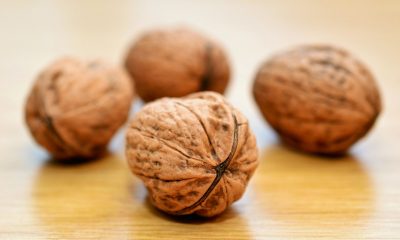A lot depends on what type of food we like to eat. But our preference for certain food items is determined not only by our personal preference but also by our genetic makeup.
A research team, whose study was published in the journal Nature, identified 325 genes, mostly in the brain, that influence taste perception.
For the study, the researchers compiled data from the U.K. BioBank consisting of information from almost 500,000 volunteers.
“We partnered with the U.K. biobank to ask the participants in our study how much they liked 139 foods, rating them from one to nine on a questionnaire, with nine being the most delicious,” study co-author Nicola Pirastu said, as per Inverse.
“We sent the questionnaire by email and received close to 189,000 responses. The first step in our study was to analyze links between food people said they liked. For example, if someone likes pears, can we expect them to also like apples and strawberries? We mapped the relationships between different foods,” Pirastu added.
The researchers categorized food into three types: highly palatable foods (meat, junk food and desserts); low-calorie foods (mostly fruit and salad vegetables) and acquired taste foods (coffee, alcohol and spices).
The study found that food could not be labeled by flavor type such as sweet or savory but by how much they were liked.
“For example, a taste for fruit juices correlated more with a preference for desserts than fruit. So, fruit juice went in the highly palatable category rather than low calorie,” Pirastu explained.
“Foods people think of as vegetables do not cluster together. The mild-tasting ones, such as tomatoes or courgettes, are in the low-calorie group, while the strong-tasting ones, like bell peppers or onions, were in the acquired taste group. Also, sweet drinks like sodas clustered closer to meat and deep-fried foods despite their sweet flavor,” the study co-author continued.
Furthermore, the research team found a genetic origin for people’s propensity for particular food items. The team found 325 genes that play a role in determining the food one relishes.
“When we looked at how much the three categories of foods correlated genetically with each other, we found that the highly palatable foods had no correlation with the other two categories of foods. This suggests there are two biological processes. One regulates a weakness for highly pleasurable foods, while another regulates the rest,” Pirastu noted.
The study revealed that the share of genetics and personal choice regarding food preference is 50-50, according to the researchers.
“If you understand why you don’t like certain foods, it may help you improve the way you cook or prepare them. For example, many people do not like coriander as it ‘tastes soapy.’ This is genetically determined, giving some people a sensitivity to a compound in coriander. Cooking coriander instead of eating it raw reduces the soapy flavor. This is a simple example, but it shows how a little preparation may make foods more acceptable,” Pirastu noted further.
















